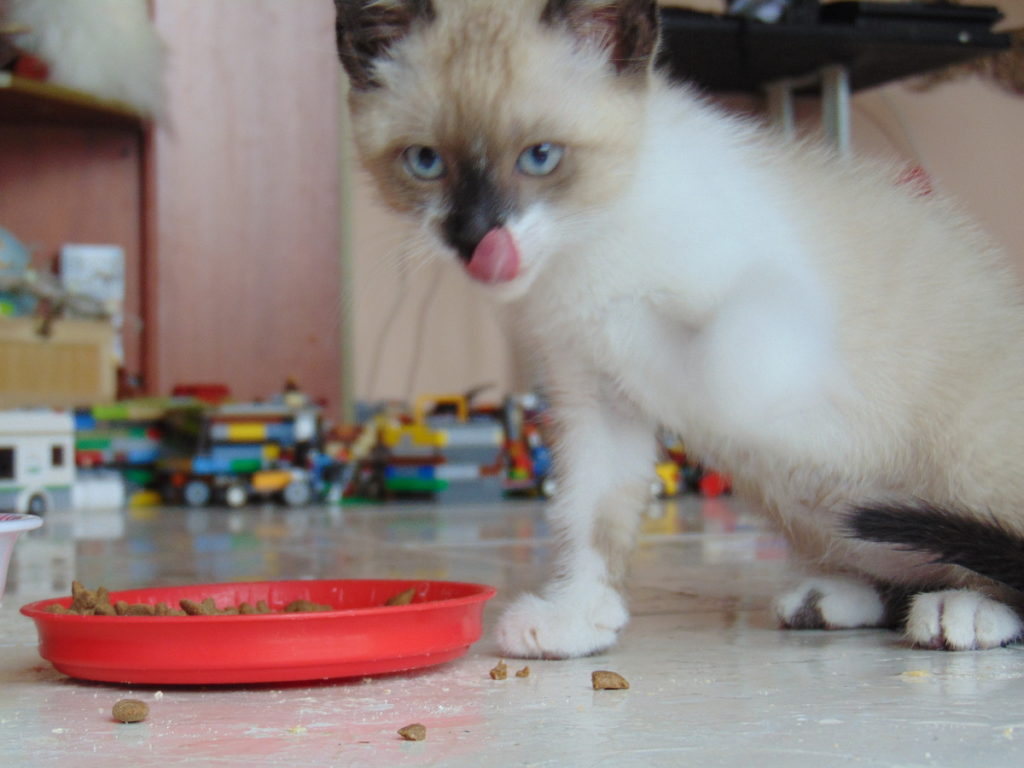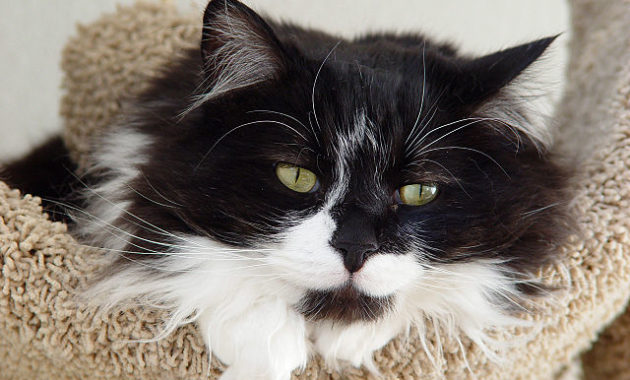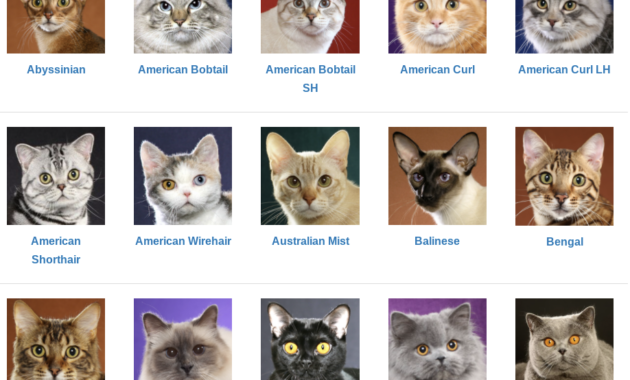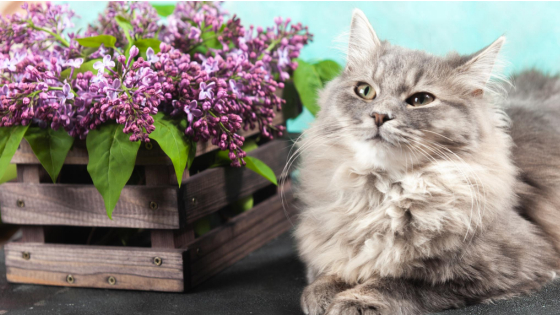When considering the safety of our feline companions, the question of whether lilacs present a danger is a crucial one for pet owners.
Understanding the potential risks associated with these fragrant shrubs involves discerning between harmless varieties and toxic lookalikes, like the Chinaberry plant.
The distinction between symptoms of lilac poisoning and the severe consequences of ingesting Chinaberry highlights the necessity of swift veterinary attention.
As we explore the nuances of lilac toxicity in cats, it becomes apparent that vigilance and knowledge are indispensable in safeguarding our pets from potential floral hazards.
Key Takeaways
- True lilacs are safe for cats, providing a sweet fragrance without harm.
- Identifying safe lilac species ensures cat safety around these shrubs.
- Mild gastrointestinal symptoms may occur from lilac poisoning in cats.
- Enjoy lilacs safely by monitoring cats for any symptoms and seeking prompt veterinary care if needed.
Lilacs and Cat Safety
Lilacs are generally safe for cats, with true lilacs and common lilac varieties posing no significant toxicity risk to feline companions. These beautiful flowers, known for their sweet fragrance, can safely coexist with your beloved pets without causing harm.
However, it is crucial to ensure that the lilacs in your surroundings are indeed the true species and not imposters like Chinaberry, which can be toxic to animals. By being mindful of the specific types of lilacs present and avoiding potentially harmful varieties, you can enjoy the beauty of these flowers while keeping your furry friends safe and healthy.
Symptoms of Lilac Poisoning
In cases of lilac poisoning in cats, symptoms typically manifest as mild gastrointestinal upset. Cats may experience symptoms such as vomiting, diarrhea, and decreased appetite after ingesting lilac plants. These signs of poisoning are usually mild and tend to resolve on their own without the need for medical intervention in most cases.
It is important to monitor your cat closely if you suspect they have consumed lilacs and contact your veterinarian if symptoms persist or worsen. Remember that prompt attention to any changes in your cat's health is crucial in ensuring their well-being. By being vigilant and knowledgeable about potential dangers, you can help keep your feline companion safe and healthy.
Chinaberry Poisoning in Cats
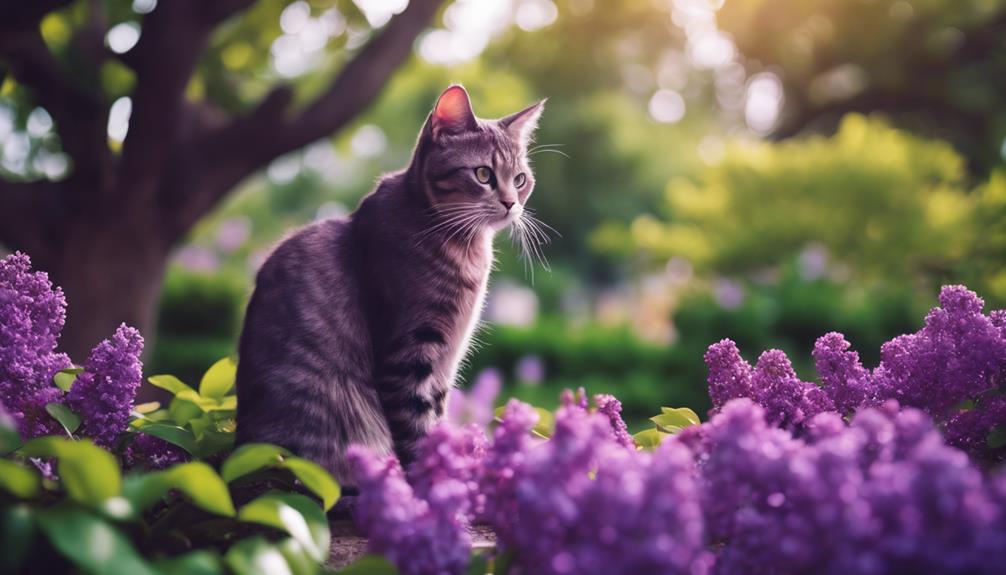
Chinaberry poisoning in cats requires immediate veterinary attention due to the severe symptoms and potential fatality associated with exposure to this toxic plant. The symptoms of chinaberry toxicity can be distressing and alarming for cat owners. It is crucial to act swiftly and seek professional help if you suspect your cat has ingested any part of the chinaberry plant. Here is a table to illustrate the urgency and seriousness of chinaberry poisoning:
| Symptoms of Chinaberry Poisoning in Cats |
|---|
| Vomiting |
| Diarrhea |
| Weakness |
| Seizures |
General Cat Safety Tips
When considering the safety of cats, it is important to be aware of potential hazards and take necessary precautions to ensure their well-being.
Some flowers can be toxic to cats, so it's crucial to be cautious, especially during spring when many plants are in bloom. Recognizing the symptoms of poisoning in cats, such as vomiting, diarrhea, lethargy, or difficulty breathing, can help in seeking prompt veterinary care.
Foods like onions and chocolate should be kept away from cats as they can be harmful. On the other hand, cat palm is safe for felines to be around.
Being mindful of these general safety tips can help create a secure environment for your beloved cat.
Toxic Flowers for Cats
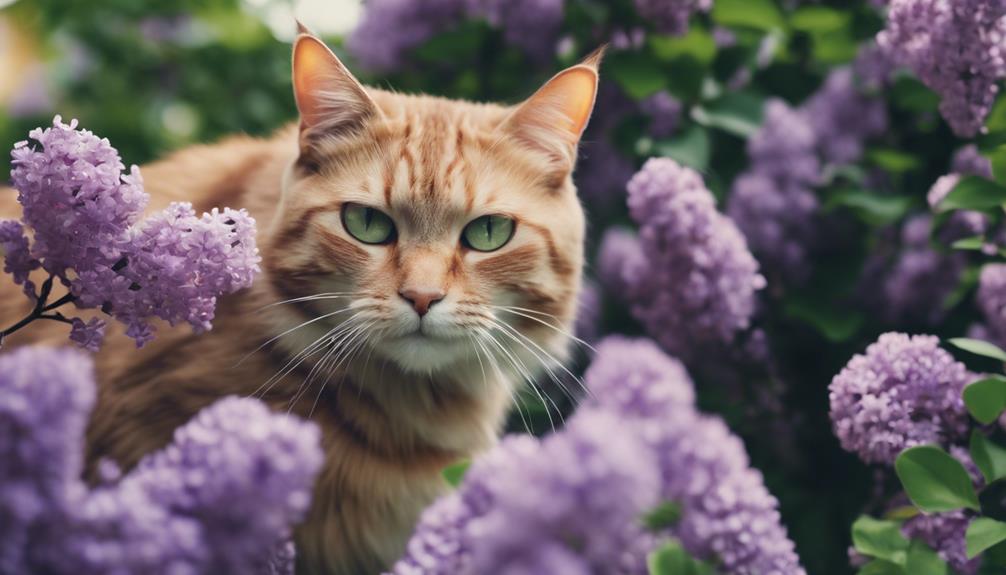
Toxic flowers pose a potential threat to cats, requiring pet owners to be vigilant about the plants they have in their homes and surroundings.
Some common flowers that can be toxic to cats include tulips, orchids, and daffodils.
Tulips contain allergenic lactones that can cause drooling, vomiting, or diarrhea in cats. Orchids, while not highly toxic, can still cause mild gastrointestinal upset if ingested.
Daffodils pose a more serious threat, as they contain toxic alkaloids that can lead to symptoms like vomiting, drooling, abdominal pain, and even cardiac arrhythmias in severe cases.
It is essential for cat owners to be aware of the potential dangers these flowers can pose and take necessary precautions to keep their feline companions safe.
Immediate Treatment Importance
Prompt response: Immediate treatment is crucial in addressing cases of poisoning in cats. When a cat is suspected of ingesting a toxic substance like chinaberry, time is of the essence. It is vital to seek professional help promptly to ensure the best possible outcome for the feline.
Contacting a veterinarian or a poison control center such as the Pet Poison Helpline or ASPCA Animal Poison Control can provide essential guidance on how to proceed. With chinaberry poisoning, symptoms can escalate quickly, leading to severe consequences if left untreated.
Veterinary Consultation and Resources

In cases where a cat has ingested a toxic substance like chinaberry, seeking immediate veterinary consultation and utilizing reliable resources is paramount for ensuring the cat's swift and appropriate treatment. Here are three essential steps to guide you through this process:
- Contact a Veterinarian: Reach out to your local veterinarian immediately for professional guidance on the next steps to take.
- Utilize Pet Poison Helpline: Call the Pet Poison Helpline for specialized assistance in cases of potential poisoning, providing valuable information for your vet.
- Consult ASPCA Animal Poison Control: Another reliable resource is the ASPCA Animal Poison Control, offering expert advice on toxic exposures and necessary treatments for your cat's well-being.
Cat-Safe and Toxic Plants
What plants are safe for cats and which ones should be avoided due to toxicity? When creating a cat-friendly environment, it's crucial to be aware of the plants that could potentially harm our beloved feline companions.
Cat-safe plants include cat palms and common lilacs, while toxic plants like chinaberry and daffodils should be avoided. Symptoms of poisoning can range from mild gastrointestinal upset to severe reactions that may even be fatal.
Frequently Asked Questions
Can Cats Safely Ingest All Varieties of Lilacs, or Are There Specific Types That Are Toxic to Them?
All true lilacs are safe for cats, but caution is advised with Chinaberry, an imposter that is toxic to animals. Symptoms of lilac poisoning in cats are mild, while Chinaberry poisoning is severe and requires immediate professional treatment.
Are There Any Long-Term Effects of Lilac Poisoning in Cats, Even if the Initial Symptoms Are Mild?
Long-term effects of lilac poisoning in cats, despite mild initial symptoms, are rare. Prompt veterinary care is crucial to prevent complications. Monitoring for any unusual behavior or health changes post-exposure is recommended for thorough cat care.
How Can Cat Owners Differentiate Between True Lilacs and Imposters Like Chinaberry to Prevent Accidental Poisoning?
To differentiate between true lilacs and imposters like chinaberry, cat owners should focus on botanical characteristics. True lilacs (Syringa) have specific features like clustered blossoms and heart-shaped leaves. Consulting with a horticulturist can help avoid accidental poisoning incidents.
Are There Any Precautions or Safety Measures That Cat Owners Can Take to Ensure Their Pets Are Not Exposed to Toxic Flowers Like Chinaberry?
To ensure cats are not exposed to toxic flowers like chinaberry, cat owners should educate themselves on plant toxicity, supervise outdoor activities, and promptly seek veterinary care if ingestion is suspected. Vigilance and knowledge are key.
Are There Any Natural Remedies or Treatments That Can Be Used at Home in Case of Lilac Poisoning in Cats, or Is Professional Medical Care Always Necessary?
For lilac poisoning in cats, professional medical care is essential. No at-home remedies are recommended. Immediate treatment by a veterinarian is crucial. Recognize symptoms promptly and seek help from experts like Pet Poison Helpline or ASPCA Animal Poison Control.
Conclusion
In conclusion, it is crucial for cat owners to be aware of potential hazards such as lilac poisoning and differentiate between safe and toxic plants for their feline companions. Understanding the symptoms of poisoning and the importance of prompt veterinary intervention can help prevent serious consequences.
By following general cat safety tips and being cautious of toxic flowers, pet owners can create a safe environment for their beloved cats.

